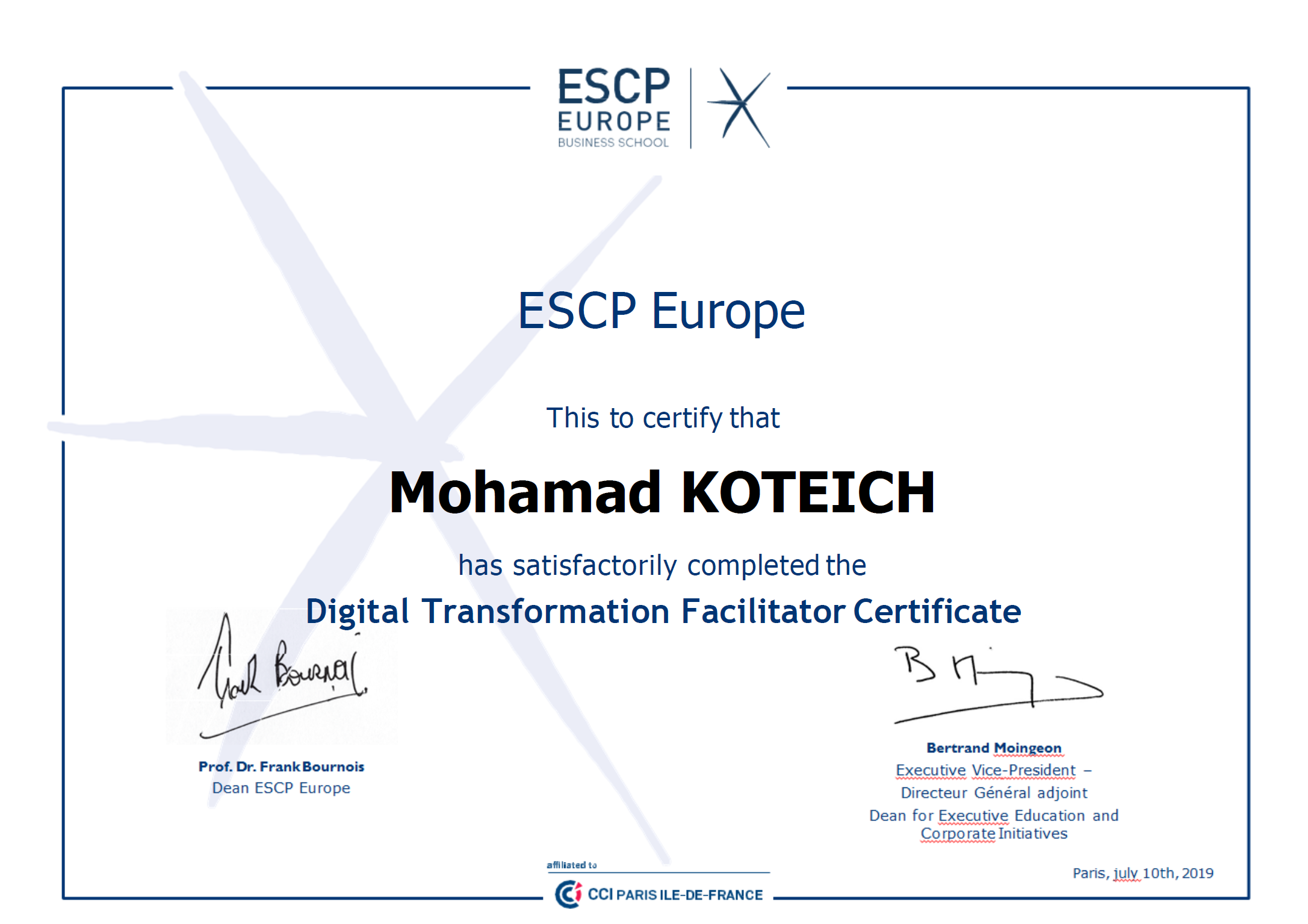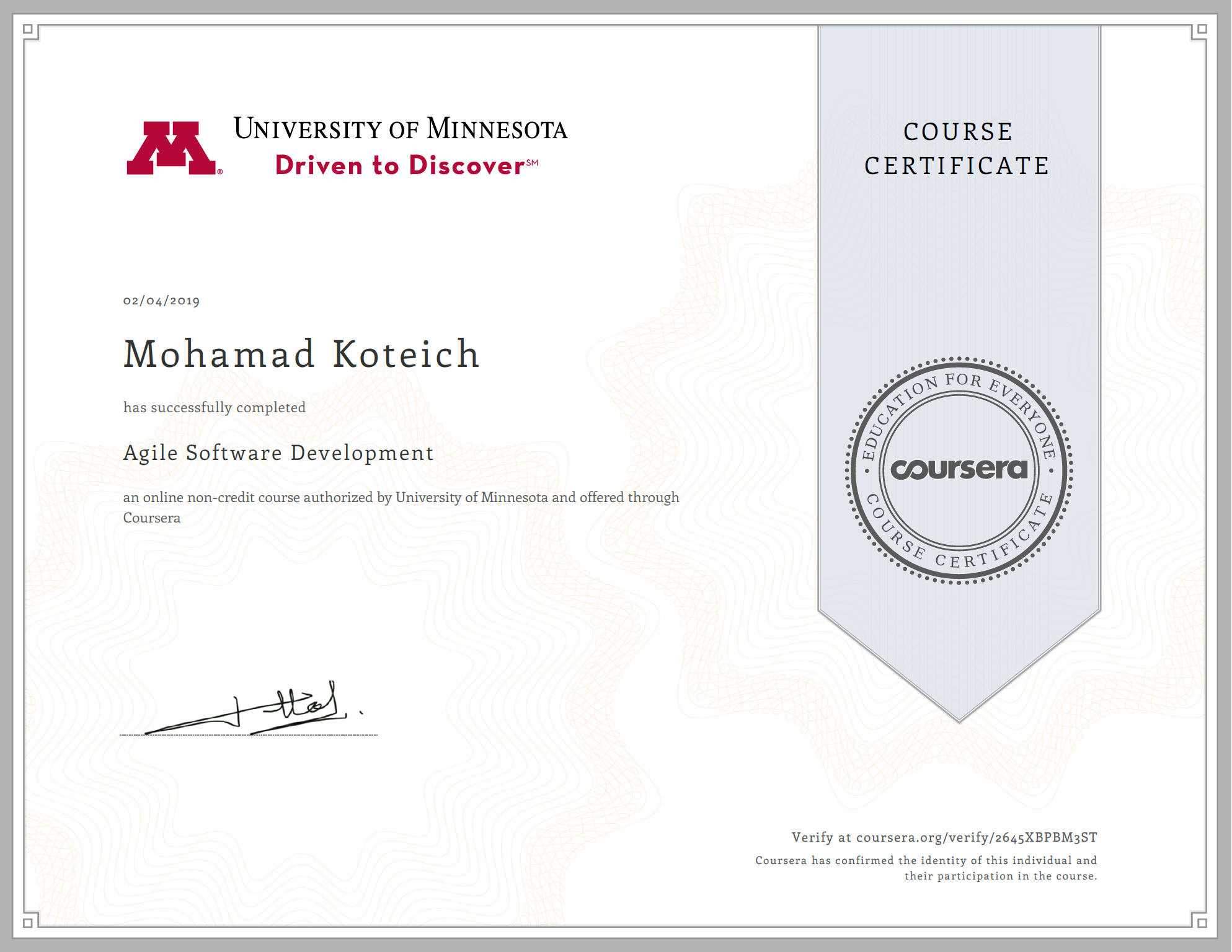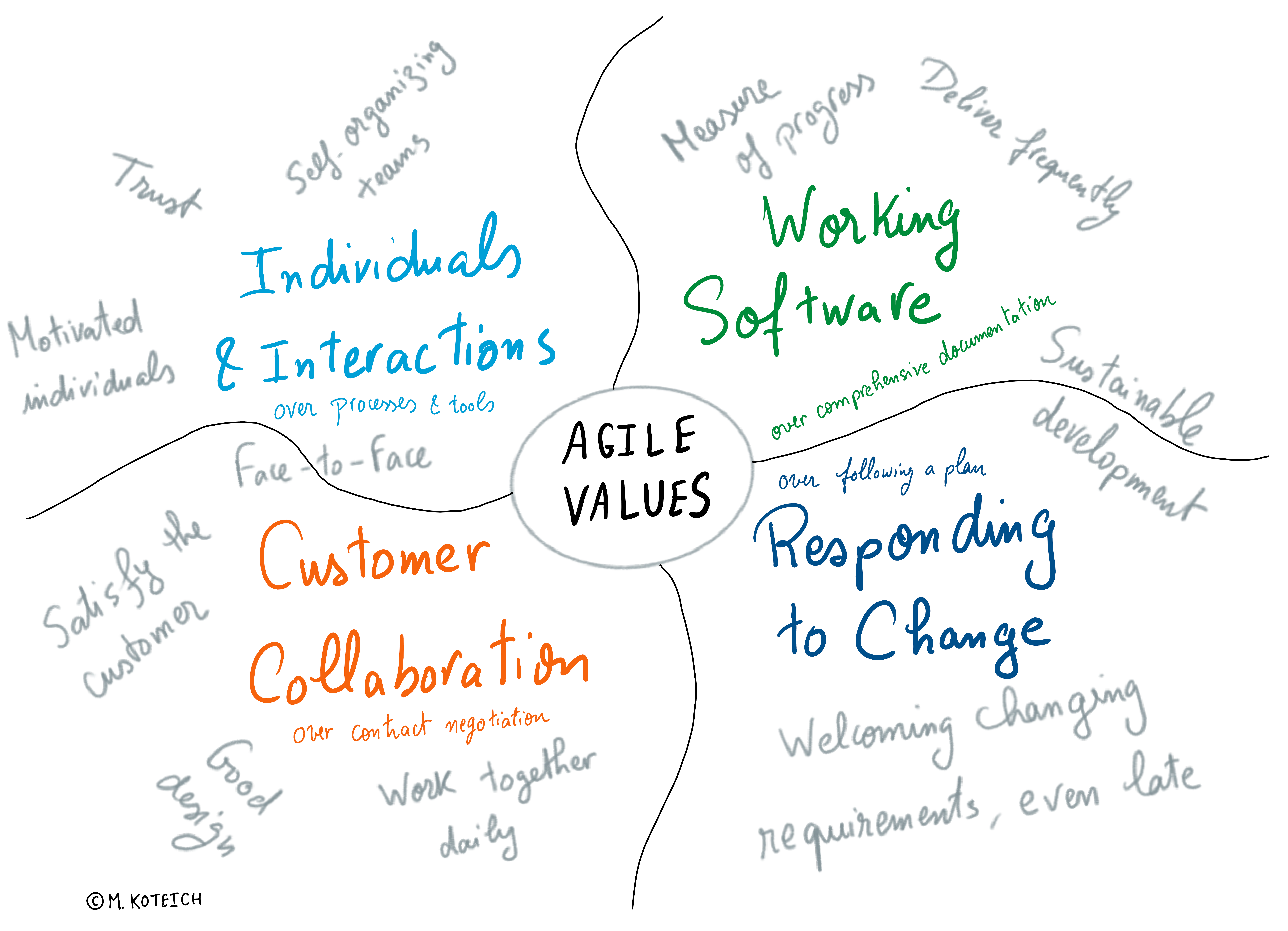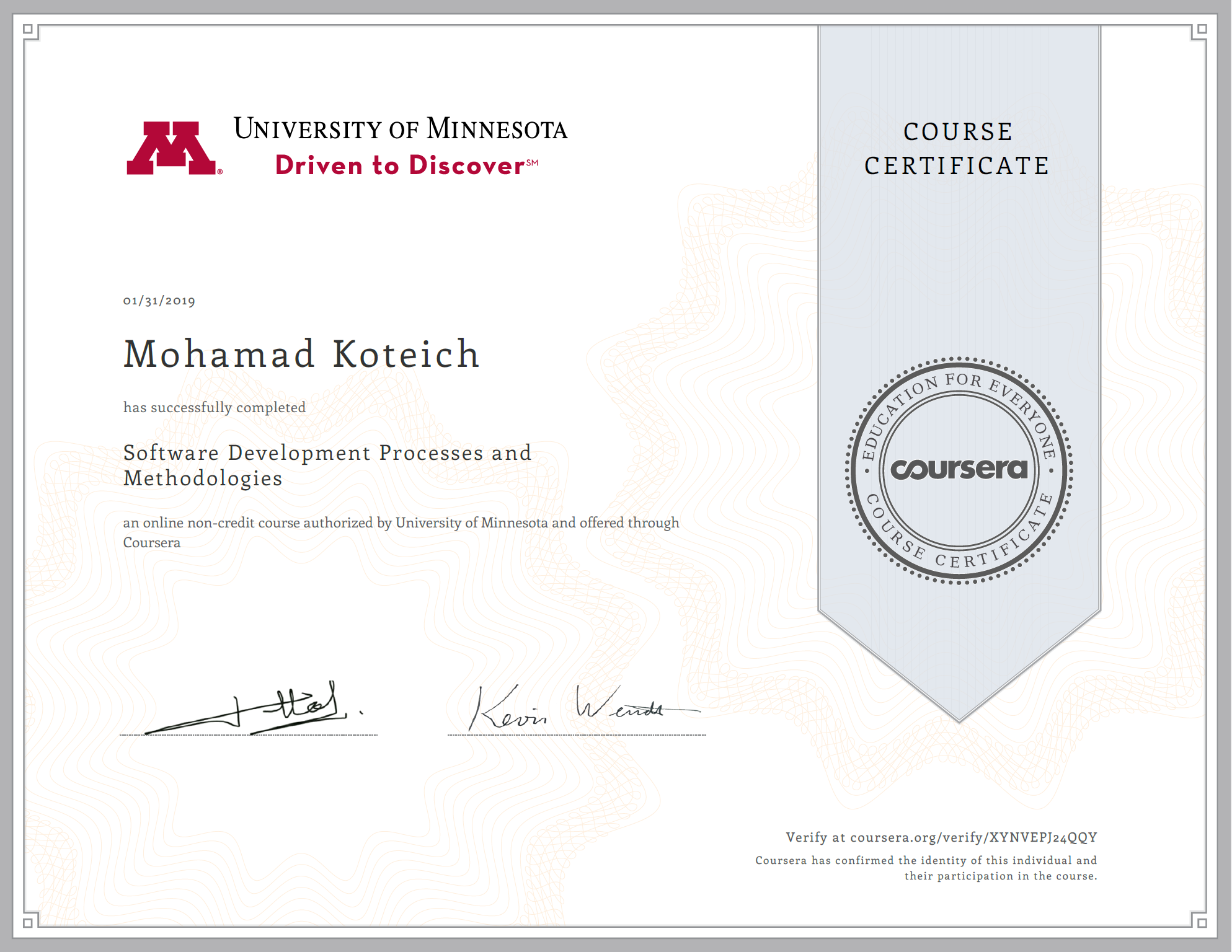What is the development theory that Steve Jobs used to develop the Apple II computer? Do you think that when Thomas Edison invented and mass-produced the light bulb, and many other inventions, he was thinking about what project development model to apply? What model was on the mind of Henry Ford when he revolutionized the automotive industry (besides the model T)?
If you have great visionary leaders who have a good understanding of the market, and talented people who master the state-of-the-art technology, with a bit of luck, you can develop a best-in-class product, and disrupt the market, without the need for any management/development theory. Following your success, people (not as smart as your people) will try to extract lessons from your good practices, theorize them, and sell them to other companies as remedies to their problems. Good practices will always help to improve the outcome, but will never fix the problem of narrow-minded leadership and unmotivated people.
This sets the ground for the sequel.

Product/Software Development
The development of a product/software comprises the following key activities:
Continue reading “Between Waterfall and Agile – The Grey Area”


 If your time to you is worth saving
If your time to you is worth saving



